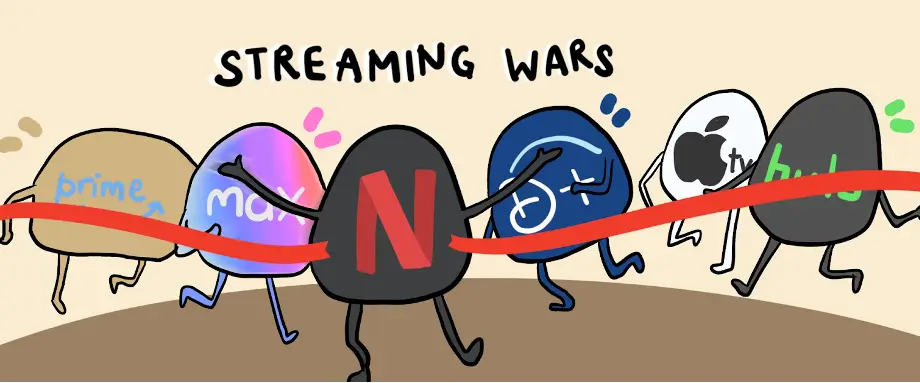The digital era provides people unrestricted access to information such as Niagara County mugshots. Public records show particular transparency through the release of mugshots. The Western New York district of Niagara County follows the same trends regarding mugshots as the rest of the United States. Niagara County mugshots have become a topic of interest for various reasons, ranging from public safety to personal curiosity. This blog aims to provide a comprehensive guide to understanding Niagara County mugshots, including what they are, how they are used, and their implications on individuals and the community.
What Are Mugshots?
Law enforcement agencies photograph criminally arrested people to produce mugshots. Photographic records consist of single and frontal views and personal information that names the arrested person and their birthdate while showing their presumed offenses. Mugshots provide graphical documentation that establishes someone’s interaction with law enforcement while accomplishing identification during criminal justice contact.
The Purpose of Mugshots
Identification:
The primary function of mugshots is to establish visual recognition of people who face arrest by police departments. Mugshots have exceptional value in cases where people give misleading details or when officials need to establish someone’s true identity.
Public Safety:
The dissemination of mugshot photographs serves public security needs both directly and indirectly. Law enforcement agencies create public mugshot databases to notify citizens about dangerous individuals. The public availability of mugshots proves valuable for cases involving chronic criminals and severe violations.
Legal Proceedings:
Jail pictures function as court evidence throughout legal procedures. Mugshots become useful for attorneys by helping authorities create event timelines, proving individual identifications, and showing important visual case-related evidence.
Transparency and Accountability:
People have better access to mugshots, which helps sustain transparency and boosts accountability of criminal justice departments. Law enforcement agencies provide public access to mugshots, ensuring public transparency for police accountability through which citizens can monitor community criminal activities.
Niagara County Mugshots: How Are They Accessed?
Niagara County mugshots are considered public records, which means they are generally accessible to the public. The public can obtain access to mugshots through multiple methods.
Law Enforcement Agencies:
Storing mugshots of arrested individuals alongside arrest records belongs to the Niagara County Sheriff’s Office and their corresponding police departments. Users can view these records directly with the agency or by accessing their website information.
Online Databases:
The Internet hosts multiple mugshot aggregation platforms that gather mugshots from all jurisdictions, including Niagara County. Users can access mugshots by searching these databases using names, arrest locations, and dates. The websites that provide details about mugshots, in return, request payment from users seeking this information.
Local News Outlets:
Local news publications display pictures of suspects as routine content in their daily crime stories. The availability of this information makes it simple for residents to learn what criminal activities transpire around them.
Freedom of Information Act (FOIA) Requests:
The Freedom of Information Act (FOIA) requires specific individuals to submit requests to obtain photo records and other public documents. The official information procurement system takes a prolonged time but provides authorized access to information unavailable using standard resources.
More to Read: SFM Compile
The Impact of Mugshots on Individuals
Mugshots maintain crucial functions for criminal justice operations, yet their release generates substantial effects on the despondent people depicted. There are several impacts that mugshots create for the people they represent:
Reputation Damage:
A mugshot has an instantaneous destructive effect on how people perceive an individual by damaging their reputation. The accessibility of these mugshots online after court clearance or acquittal remains possible, which could negatively impact personal and professional domains.
Employment Challenges:
Mugshots act as an employment obstacle since they limit a person’s chances of landing a job. Most employers check candidate backgrounds, so a mugshot provides grounds for concern despite a person’s criminal record status.
Social Stigma:
A mugshot serves as a source of social discrimination, which leads people to face discrimination in their lives. The difference in public perspective toward a person with a mugshot often creates tension, which causes people to spend more time alone.
Emotional and Psychological Impact:
The public availability of mugshots creates meaningful psychological stress along with emotional distress for those affected. The act of releasing mugshots causes people to experience feelings of disgrace, self-condemnation, and nervousness that impact their psychological state and emotional stability.
The Debate Over Mugshot Publication
Nasal arguments have emerged concerning how to strike a proper equilibrium between protecting public welfare and protecting personal privacy rights after mugshots get released. These are the main points presented by supporters and opponents of public mugshot publication:
Arguments in Favor of Mugshot Publication
Public Safety:
Each time mugshots become available to the public, supporters claim that this practice is essential to public protection. Law enforcement agencies use released mugshots to notify communities about dangerous suspects, which reduces future violent incidents.
Transparency:
The public disclosure of mugshots creates transparency between criminal justice agencies and their public sector clients. The public learns about criminal activities through mugshot publications and makes law enforcement agencies responsible for their professional conduct.
Deterrence
According to certain sources, the publication of mugshot photos functions as a possible crime prevention method. People might avoid criminal conduct when they understand their photograph will become visible to the public.
Arguments Against Mugshot Publication
Presumption of Innocence:
The principle that convicted persons also maintain their right to continue being presumed innocent stands against mugshot publishing. People who have been detained before their trial might experience reputation damage and various negative effects due to their police booking pictures being published.
Privacy Concerns:
Privacy issues have emerged as an essential concern since the practice of releasing mugshots to the public domain occurred. Public access to mugshots threatens individual privacy rights because people maintain rights to jurisdictional protection even though their criminal charges were dismissed or because they were determined not guilty.
Exploitation:
Websites that post mugshots frequently exploit their content by forcing patients to pay extremely high costs to erase their photographs. Most arrested individuals will face financial hardship after arrest while dealing with the resulting legal consequences.
Legal and Ethical Considerations
Legal and ethical concerns emerge when mugshots are published to the public. Several important points need critical attention in the current situation.
Right to Privacy:
By law, private information belongs to individuals, so the distribution of mugshots violates their privacy rights. Mugshots face particular limitations in legal terms when criminal charges against defendants fail to be held, and they obtain acquittals during trials.
Freedom of Information:
Public transparency within the criminal justice system maintains a substantial public interest because of the Freedom of Information rights. Public access to mugshots falls under the provisions of the Freedom of Information Act, which mandates the disclosure of government records.
Ethical Journalism:
News organizations that release mugshots must thoroughly evaluate the ethical consequences of this publication practice. News outlets should evaluate how much public value exists in showing the images against both professional reputation and personal privacy concerns of the individuals being photographed.
Regulation of Mugshot Websites:
The publication of mugshots on websites now faces regulatory measures from particular states that limit their operations, especially the costs they charge for removing mugshots. Such laws exist to stop the unethical use of mugshots while shielding individuals from irreversible harm.
Conclusion
Niagara County mugshots are a valuable tool for law enforcement and the public, serving essential functions such as identification, public safety, and transparency. Mugshot publications create substantial issues about individual privacy and reputation damage while undermining the principle of innocence until proven guilty. The debate about arrangements of mugshots must find the appropriate equilibrium between public protection and personal rights defense. Knowledge of mugshot implications and legal and ethical factors enables us to build a fair criminal justice system that serves justice and equality equally.






